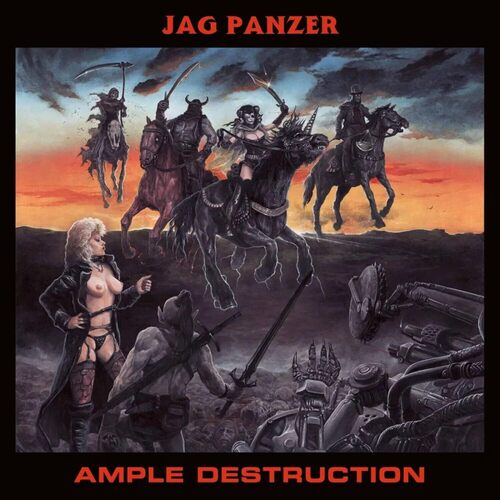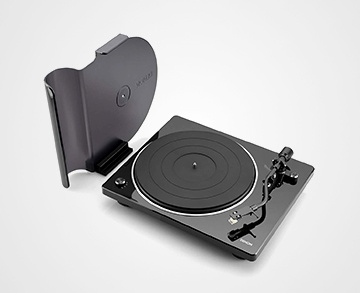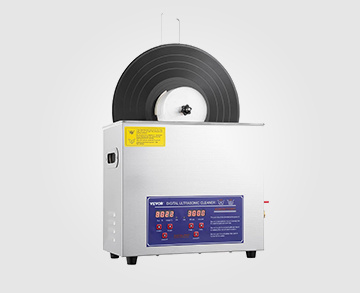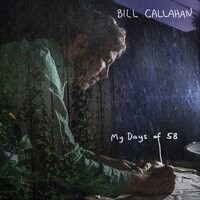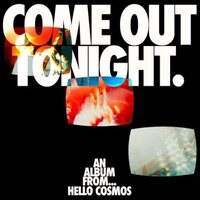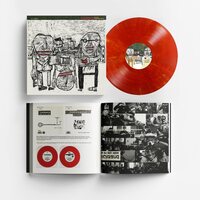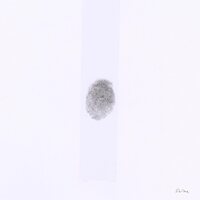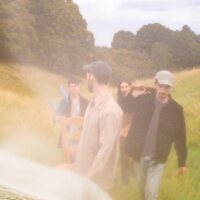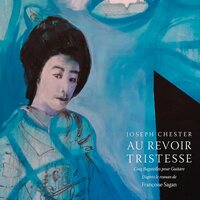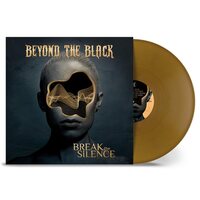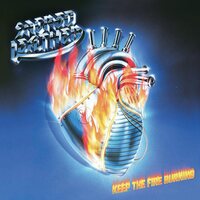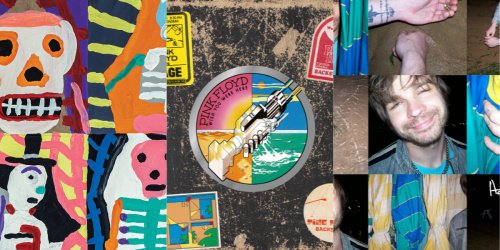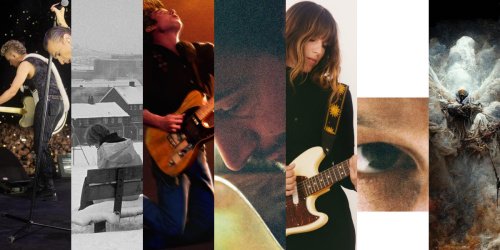40th anniversary edition, new cover art, ltd 300, original mix 1984 (LP1) + remix 1989 (LP2) version, 7mm spine 425gsm heavy cardboard cover, A1 tour poster, lyric sheet, 8 page booklet Remix Version: Mastering and audio restoration by Patrick W. Engel at TEMPLE OF DISHARMONY in 2013.; Original Mix Version: Mastering and audio restoration by Patrick W. Engel at TEMPLE OF DISHARMONY in 2020. The history of a metal classic: AMPLE DESTRUCTION - Versions
- 1. Licensed to Kill
- 2. Warfare
- 3. Symphony of Terror
- 4. Harder Than Steel
- 5. Generally Hostile
- 6. The Watching
- 7. Reign of the Tyrants
- 8. Cardiac Arrest
- 9. The Crucifix
- 10. Interlude
- 11. Black Sunday (Bonus Track)
